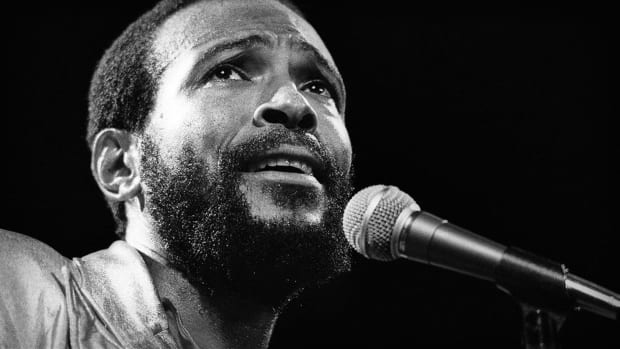The likelihood of Twitter filing for bankruptcy is receding.
The social network has belonged to Elon Musk since Oct. 27 in exchange for a $44 billion check. To finance the deal, the Tesla (TSLA) – Get Free Report chief executive had taken on $13 billion of debt, which comes with interest payments of around $1.5 billion a year.
This debt, allocated to Twitter’s balance sheet, had been arranged with a group of banks, led by Morgan Stanley and including Bank of America, Barclays, Mitsubishi UFJ Financial, BNP Paribas, Mizuho Financial Group and Societe Generale.
As a result, Twitter has three large pieces of debt: $6.5 billion that was meant to be sold to leveraged-loan investors, and $6 billion of bridge loans, split equally between secured and unsecured tranches, that banks had planned to sell as junk bonds.
Twitter Paid the First CouponAll the debt appears to have quarterly interest payments, according to a debt commitment letter filed with the Securities and Exchange Commission.
The first payment was due around Jan. 27. Based on the commitment letter, the amount was around $300 million.
Twitter made this first interest repayment, according to Bloomberg News.
If Twitter had not made this payment, its executives could have explored the possibility of filing for Chapter 11 bankruptcy to restructure this debt, according to industry sources. These concerns had been fueled by warnings from Musk about the microblogging platform’s financial situation.
During a Twitter Spaces forum at the end of December, the tech mogul, known as the Techno King within Tesla, had painted a dire picture of Twitter’s finances.
The billionaire, who owns a nearly 80% stake in Twitter 2.0, had raised the specter of bankruptcy. He’d left on the table all options regarding the company’s debt, including a possible default.
He notably had said that before he took control, the platform was on track to post negative cash flow of $3 billion, a scenario that he was doing everything to avoid. At the beginning of November he launched a drastic cost-cutting effort, including eliminating half the workforce, or 3,750 people, in one day.
“That is why I spent the last five weeks cutting costs like crazy,” Musk said during the Twitter Spaces. “We have an emergency fire drill on our hands.”
He continued: “This company is like, basically, you are in a plane that is headed toward the ground at high speed with the engines on fire and the controls don’t work.
“That’s the reason for my actions that may seem sometimes spurious.”
Musk had also asked the remaining employees to work without counting their hours or to resign. More than a thousand additional employees chose to leave.
Musk’s AmbitionsThis had caused general chaos, made worse when many advertisers decided to pause promoting their products and services on the platform.
That exodus of advertisers was prompted in turn by the billionaire’s laissez-faire decision to reactivate most of the accounts that Twitter 1.0 had banned for violating its policies.
Consequently, in early November, Musk reported that Twitter was losing $4 million a day.
During the same Twitter Spaces, the billionaire also said that Twitter’s costs were expected to be $5 billion this year, but adding the debt payments brought the figure to $6.5 billion. The firm’s total costs and expenses amounted to $5.57 billion in 2021, the most recent year of full reporting, according to an SEC filing. Twitter lost $221.4 million that year.
Musk had estimated that his efforts to revamp the company would generate about $3 billion in revenue in 2022, down from the $5.1 billion generated in 2021.
But Musk showed cautious optimism, saying the company would have around $1 billion in cash on its balance sheet.
“I now think that Twitter will, in fact, be okay next year,” Musk said during the December Twitter Spaces. He added that the firm will “roughly” hit cash flow break-even. But “this will be difficult.”
Another unknown is the performance of the Twitter Blue subscription service, the price of which Musk has hiked. Are subscriptions to Blue successful?
“Twitter isn’t secure yet, just not in the fast lane to bankruptcy,” the serial entrepreneur said on Dec. 24 on Twitter. “Still much work to do.”
Musk wants to use Twitter to build a super App, called X, which would be a platform where users can buy a plane ticket, communicate, do their shopping and more.
